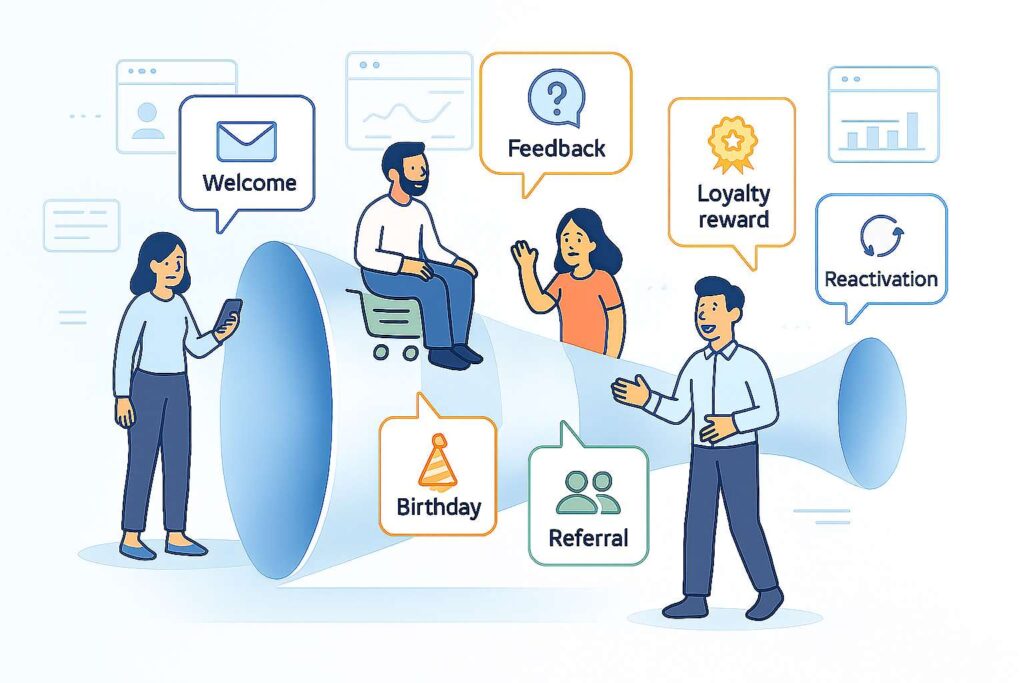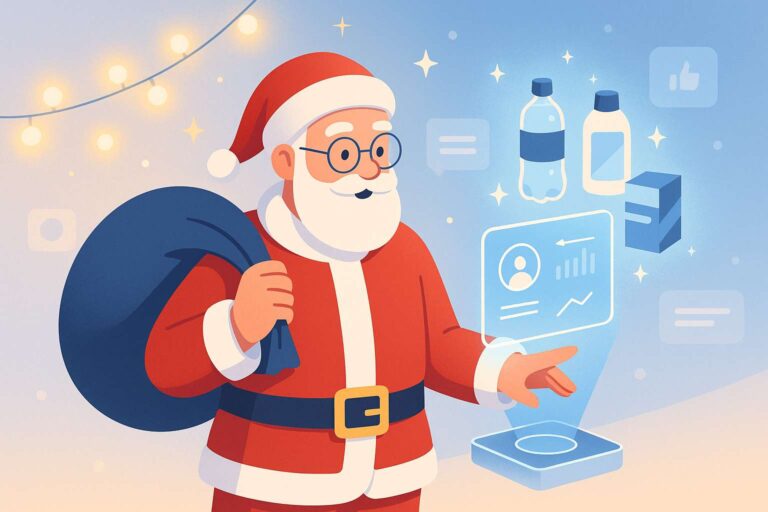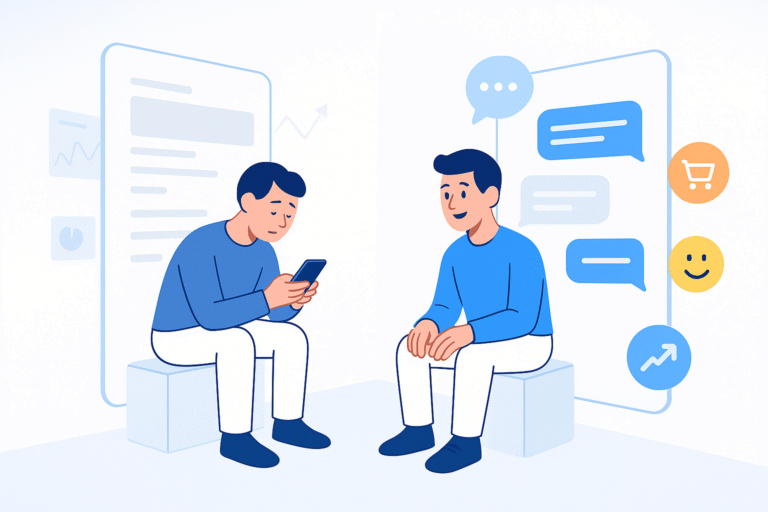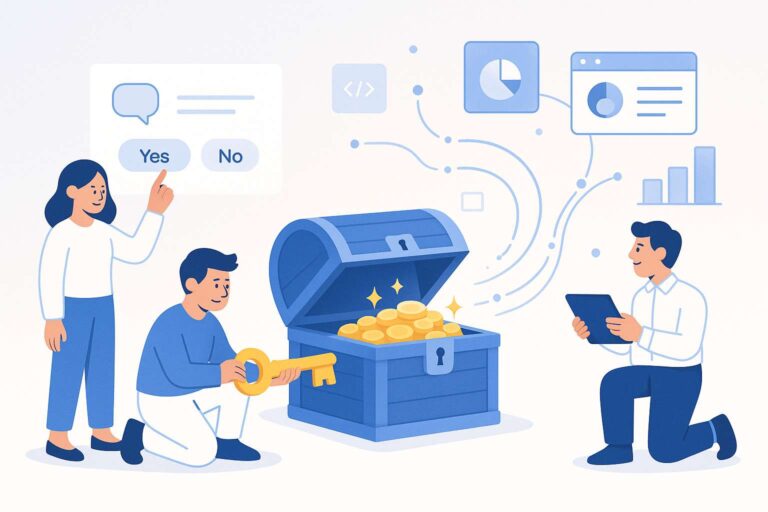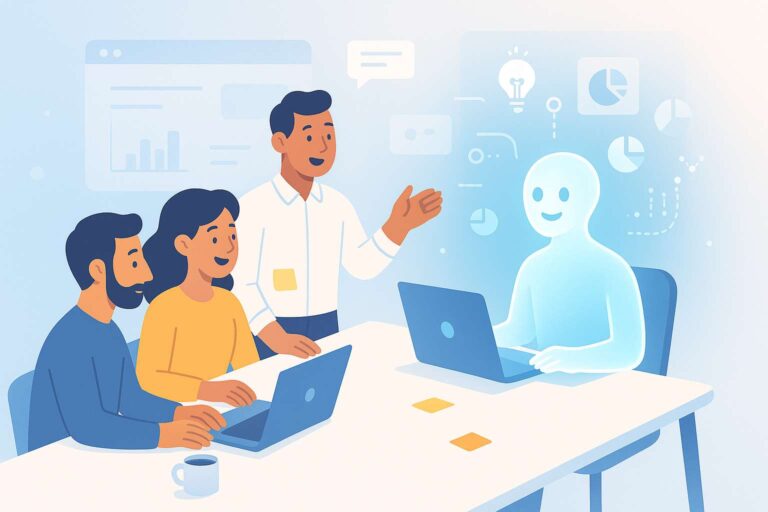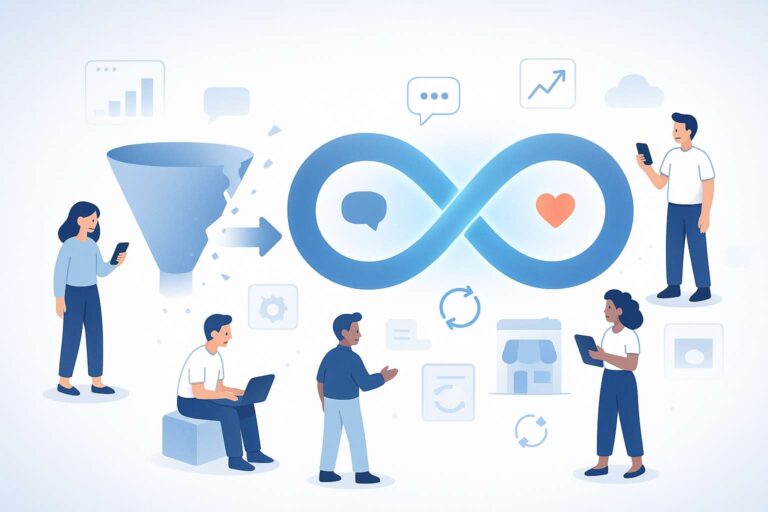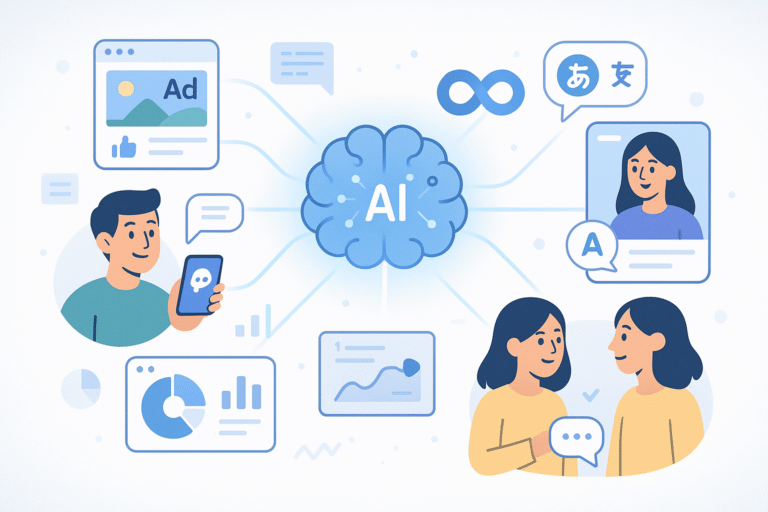In light of the current situation, many businesses solely rely on their digital assets to attract new customers and re-engage with the existing ones. Marketing automation is a strategy that your brand needs to establish in order to remain relevant and competitive. It should allow you to bring highly personalized, useful content to your prospects and thus convert them to happy customers.
Successful marketing automation strategies put customers at the center and reduce the friction that your prospects might have at different sales funnel stages. Therefore, as a brand, you should be prepared for different automation types at varying stages of the consumer journey.
1. Lead Activation: “Start now!”
2. Abandoned Shopping Cart: “Still Not Sure …?”
3. Onboarding: “Welcome to our site, your benefits …”
4. Repeat purchase incentive: “Buy again!”
5. Personalized Events: “Congratulations”
6. Branding and Seasonal: “Merry Christmas”
7. Loyalty: “Thanks for your trust; ask for feedback.”
8. Referral Marketing: “Friends refer friends.”
9. Cross- & Upselling: “Recommendations for you”
10. Re-activation: “We miss you!”
Did you know that marketing automation, when properly implemented, has the power to increase leads by 451% and boost sales by 34%? Shockingly 85% of B2B marketers, though, admit to not using it correctly. The chances are high that you are also making mistakes and the reasons for it are often two – complexity and time required to set the automation properly.
Nevertheless, many businesses attempt to automate their communication with the target audiences simply because marketing automation is the most systematic method to expand your business today. Many brands worldwide successfully use conversational marketing automation like DiALOGiFY’s platform is offering.
This article covers the most important use cases that your business can implement now.
Lead Activation: “Start now!”
Every second, every interaction, and every detail on your website has an impact on consumer behavior. Visitors today have a short attention span, are highly distracted, and spoilt with choices. They know what they want, and they expect the brand to give it to them without much hassle.
Lead Activation starts with personalized consumer engagement. Lead Activation is a process of generating active engagement from your buyer personas that meet the ideal client type before they even show intent to make the purchase.
A simple button on your website with the words “Start now”, “Discover more”, “Free Download “, “Play & win”, etc. can have a tremendous impact on the conversion and engagement levels. Tell what your customer is expected to do and be clear in your instruction.
Tip: Using Gamification techniques drastically increases engagement. Read more about how to engage your audience with Gamification.
Abandoned Shopping Cart: “Still Not Sure …?”
Shopping cart abandonment is one of the biggest headaches for online businesses. The average cart abandonment rate across all industries is 69.57%. It means that seven out of ten shoppers won’t complete their transaction with you. The abandonment rate is even higher on mobile devices – 85.65%.
It results in a significant loss of potential revenue and is definitely something that every business should look into tackling.
The main reason why consumers leave the shopping cart is because of unexpected costs. One approach to solving this problem is the exit-intent-popup. An exit-intent-popup can be used to offer a discount or free shipping in this case to entice the customer not to leave the shopping cart empty-handed.
Also, re-targeting measures and even better, an email or SMS link with the selected product or segment turn many visitors into buyers.
Onboarding: “Welcome to our site, your benefits …”
Customer onboarding is the first impression that really makes an impact. If you do it correctly, you will reduce the unnecessary turnover and cultivate brand ambassadors who will love doing business with you in the future.
When your customers sign up, where does their contact information go to? Automate the onboarding process by connecting the platforms where your customers are (social media, WhatsApp, website, etc.) with your CRM tool. In this way, you will automatically create a user profile for your customer and will be able to nurture them continuously.
You want to ensure that the process is seamless, and the consumer is not overwhelmed with the amount of work they need to do. How about offering quick onboarding by asking one question at a time and giving space for your consumer to provide the answer. Based on their response, your following question will follow a natural conversational flow.
DiALOGiFY onboarding solution allows you to ask relevant questions conversationally that your consumers are familiar with. In the end, it replicates a natural dialogue everyone takes part in daily and thus is much more potent than any sign-up form. Read more about how to promote direct interactions.
Repeat purchase incentive: “Buy again!”
Customer retention marketing is a new trend where more and more businesses choose to invest in technology and strategy to retain consumers rather than look for new ones.
Did you know that:
- acquiring a new customer may cost five times more than retaining an existing one?
- improving customer retention by 5% can grow profits from 25-95%?
- the success rate of selling to an existing customer is 60-70%, while the success rate of selling to a new one is only 5-20%?
Ensuring that the customers return and purchase from you again has never been more critical. By keeping in touch with your existing consumer base, you will make sure to keep the relationship alive and maintain your competitive advantage.
You can simply establish the processes of content, email, or social media marketing through marketing automation tools. Here are some ways to see success:
- Stay in contact with your current customer base via periodic newsletters or SMS catch-up notifications;
- Remind your customers of upcoming events and seasonal tips that they are interested in;
- Maintain a professional appearance all the way to the inbox and beyond through highly personalized content;
- Take opportunities to reach out to clients you have not talked to in years and re-establish their relationship.
As mentioned above, the strategies can work well hand-in-hand with special offers available to existing customers, personalized advice, or exclusive content. Whatever you do, you should aim to be relevant (by segmenting your contacts) and build a stronger bond with the customer that you already have. Read more about how to stay in touch with your customers.
Personalized Events: “Congratulations”
Your brand should be involved in your customers’ lives. Is it their birthday? Send a special congratulations card together with a small gift. Everyone wants to feel special. And remembering your customers on their special day will help you build a stronger connection.
It takes no effort to find out the birth date of your consumer. Add a field in the registration form and wow them on their special day. Take this one step further and find out more personal information – for example, when is their wedding anniversary? Remember, you don’t need to add all questions to the same dialog. Be patient and add attributes to the profiles of your contacts over time in various conversations. Marketing quizzes like the ones offered by DiALOGiFY conversational platform help you achieve that.
Use the information you know about the consumer and offer a personalized gift that will be well-tailored, desired, and useful.
Branding and Seasonal: “Merry Christmas”
Seasonal greetings are a perfect way to connect with your customers on a personal level. They are also a great way to showcase your brand’s values, leverage on something that’s already in your customers’ minds, and raise brand awareness.
Are you having Black Friday sales? Send early-bird unbeatable offers to your existing customers. By now, you should be having your consumer profiles in hand, together with the past purchases made – customize your seasonal greeting card into something they cannot miss!
Festivities are rather stressful as your consumers have multiple responsibilities with rather tight deadlines: buy presents, organize a family dinner, catch up with family friends, go on holiday – are just some on the list.
You can help your customers by easing their choices. You can run an email campaign, reminding them of how many days are left before the holiday, as well as assuring them that there’s still time to get their gifts wrapped in time. All with your help, of course. You should include links to holiday deals in the email and segment prospects according to engagement and then market further from there.
Loyalty: “Thanks for your trust”; ask for feedback.
Say “Thank you!” to your customers. Regularly!
Marketing automation goes hand-in-hand with loyalty. In fact, it can supercharge your consumer loyalty. As shown in the Online Consumer Trends 2019, 25% of e-commerce companies excelling in customer loyalty are able to retain almost 70% of their buyers.
Add customer feedback dialogs at various touchpoints along the consumer journey. Having a constant listening path established for your customers allows you to gear your organization towards customer-centricity.
Applying an internationally established consumer feedback system like, for example, NPS provides regular insights to the staff and lets you align strategic elements and involve the entire organization. DiALOGiFY conversational platform supports you in the process, dashboard, and text analytics. Don’t forget to add customer attributes like promotors, passives, destructors to the CRM.
Referral Marketing: “Friends refer friends.”
The benefits of referral marketing have been known for a long time. Compared to traditional advertising, a referral from a satisfied customer is among the most valuable forms of marketing. People pay twice as much attention to recommendations from friends and family members than any other source.
For example, Airbnb and Uber are great at referral marketing. They incentify all users who refer new customers or providers (hosts or drivers). All a user has to do is use their referral code, share it with a new-joiner, and enjoy the incentives.
Referral marketing is among the fastest ways to get new customers and start building a relationship with them. Every brand should incorporate it into its marketing strategy. It could be done through word-of-mouth or social media strategies like User Generated Content or an entire system with points and rewards. Learn more about how you can boost reviews.
Cross- & Upselling: “Recommendations for you”
Getting familiar with your individual consumers is pivotal for your business. Many businesses concentrate on retaining consumers; however, they forget to leverage on upselling. If you know your consumers well, you will have a big pool of data about them and will be able to utilize it for personalized recommendations. In the end, your brand wants to become that best friend who knows what someone needs, right?
By looking at the previous purchase history, you will be able to analyze what additional products would benefit your consumer.
Have they purchased a book on email marketing from you? Recommend a couple of other relevant reads to them.
Have they bought a kitchen tool (e.g., a blender)? Suggest getting a smoothie recipe book to complement their purchase.
Did you notice that Spotify or Netflix are amazing at recommending new content on their platforms? The reason for that is that they know what you like. Literally. They know how many seconds on average it takes for you to lose interest in something, they know what kind of artwork will be the most enticing for you to click on a new release, they know what genre, actor, or artist is your favorite.
Nobody prevents your brand from learning as much about your consumer and utilizing it to your advantage. Crunch the numbers and listen to your customer’s needs, then recommend what’s appropriate to them.
Re-activation: “We miss you!”
One of the most remarkable advantages of having marketing automation in place is the ability to analyze consumer behavior. You should use that data to build a stronger relationship with your existing fans and endeavor to rebuild lost relationships with those who stopped shopping with you.
Do you have customers who were loyal to you but suddenly haven’t made any purchase for a couple of months? Chances are high they moved shopping elsewhere, and you want them back.
Try starting a dialogue with them and show that you care about them and miss them. Ask what has changed and look for ways to entice them to come back. Often, if they were loyal to your brand, it won’t be too hard to bring them back, but you have to make the first step in rebuilding that relationship.
Conclusion
Here you have it – the 10 most common marketing automation use cases that will help your brand gain new customers, build a stronger relationship with the existing ones, and win the long-lost ones back.
The world and customer relationships are changing, and so are CRM and major brands. Get the ultimate Guide to the Conversational Marketing Factory.
DiALOGiFY marketing automation tools are available to any brand to cater to all business needs. Read more Use Cases on the DiALOGiFY blog.
